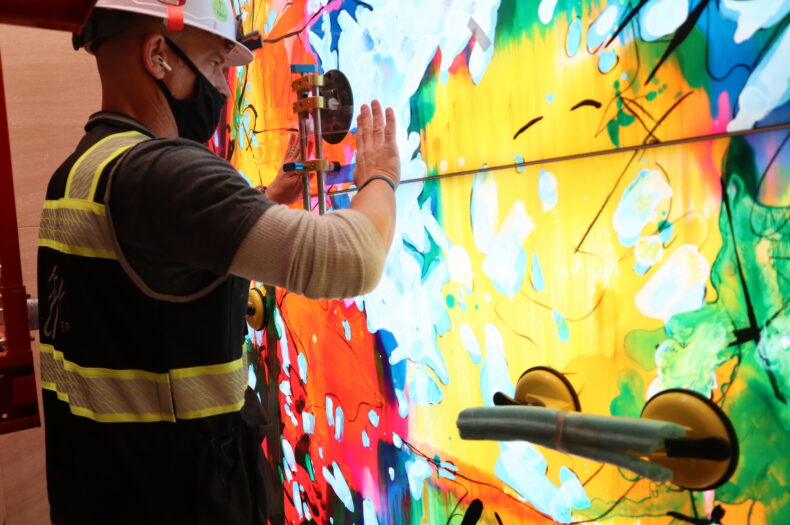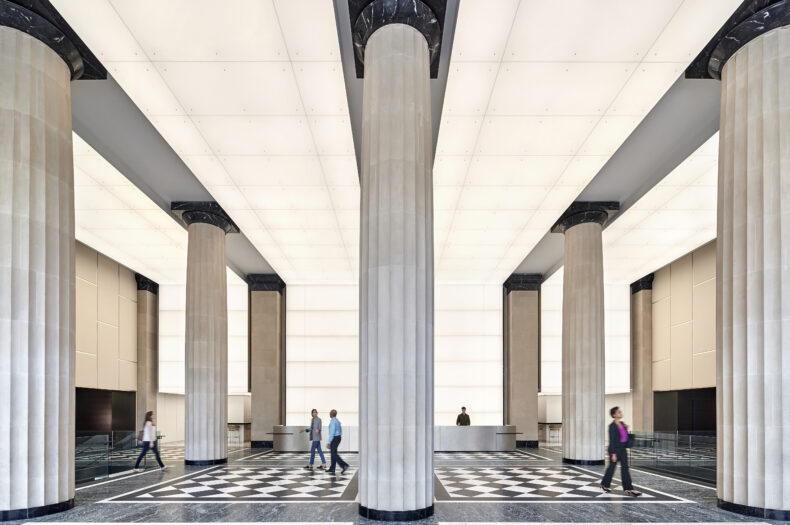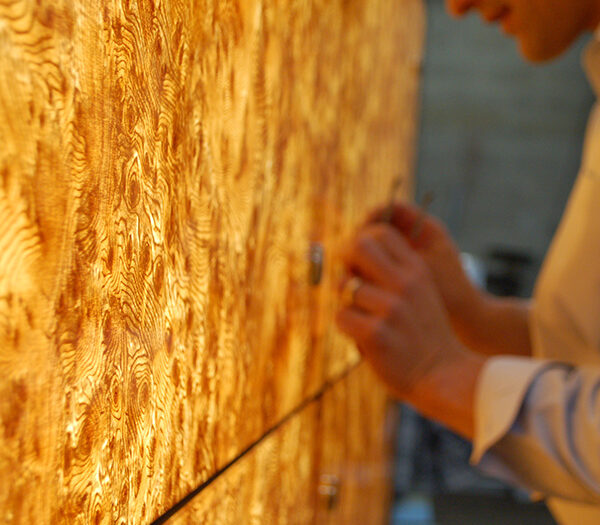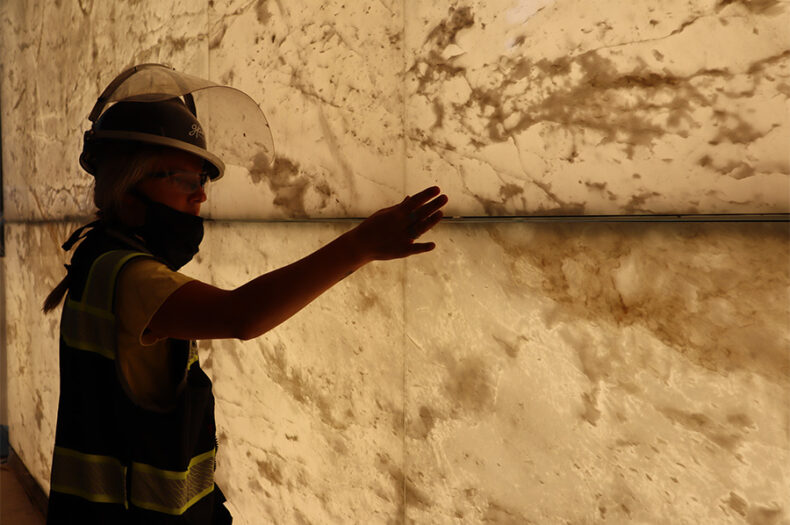
On Our Desk: Behind the Scenes with Fallon Korinko
Amanda Ryan -
Welcome to our new installment of “On Our Desk,” where we offer a glimpse behind the scenes of the dynamic world of design and engineering at GPI Design. This week we are looking at what Fallon Korinko has on her desk. As the Studio Director, amidst her day-to-day responsibilities, Fallon’s attention also lies on […]
Read more







